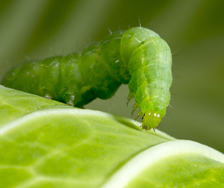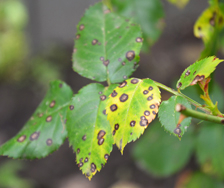Yates Account
Join now
Create a Yates account today!
Sign up to join the Yates Garden Club for monthly e-mails packed with seasonal inspiration, tips for success & exclusive promotions.
Plus if you’re a Garden Club member you can take part in the Yates Growing Community - a blog to share successes, get advice & win prizes in fun challenges along the way!

Forgot password
Enter the email address associated with your account, and we'll email you a new password.

What are Fairy Rings?
Fairy Rings are caused by various soil-dwelling Basidiomycetes fungi, that expand to form an inner circle of lush green grass, surrounded by a ring of dead grass, which is surrounded by an outer ring of vigorous green grass. The distinctive concentric rings are caused by the mycelium of the fungus, which actually stimulates the growth of grass in the lush sections, but is so dense in the dead ring that it suppresses grass growth.
Occasionally, puffball or mushroom-like growths will appear around the dead ring during autumn. The fungus responsible for fairy rings reaches deep into the soil; the only effective cure is to completely remove the turf and soil from the affected area, to a depth of 20cm.

How to Protect Your Plants
Keep lawns well fed and regularly watered (make sure the outermost green ring doesn't dry out). Poor lawn nutrition increases the risk of fairy rings.
Excess lawn thatch is also a common contributing factor. Remove thatch by scarifying, during autumn. It's done by mowing the lawn at a low level (this can be completed over several mows, lowering the mower at each cut) or very vigorously raking the lawn with a sharp-tined rake (sometimes called a thatching rake). Powered lawn scarifiers are available from hire merchants, which make the job much easier.
Plants impacted
- Lawn
- Turf

















Share
Share this article on social media